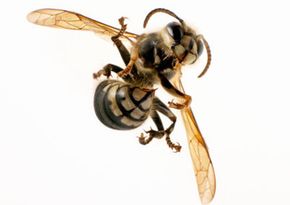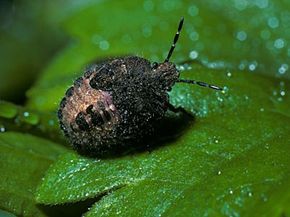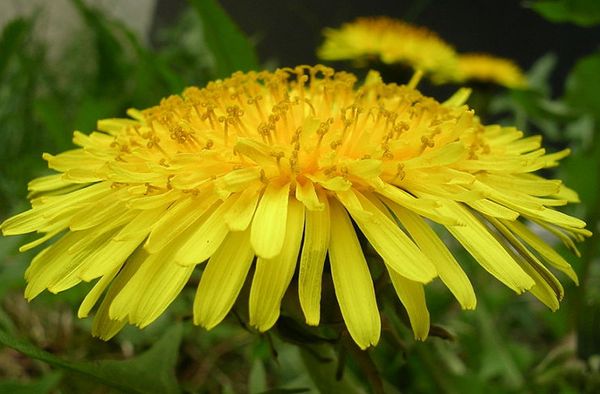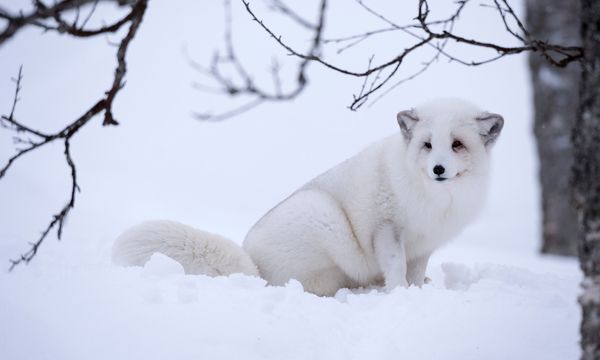What if you were lost and alone in the wild? Imagine that you have no experience hunting and there's no river to fish. What if your only food source was crawling underfoot? That's right -- bugs. It may not be a gourmand's preference, but now isn't the time to get picky -- it's a matter of life or death. Maybe you should pull up that rotten log and chow down on some termites. That would be an excellent plan -- termites are loaded with protein and the second most eaten insect on Earth. Or perhaps dig for some worms --they have plenty of protein, and these squiggly fellows can be downed raw or cooked.
Whatever your pleasure, you have your choice from more than 1,400 edible insects to choose from. If you're from the United States, Europe or Canada, you may think that eating a bug is something reserved for bets, dares and reality TV shows. The rest of the world has a different perspective. All over Asia, Africa, Australia, Central and South America, people eat insects. It's called entomophagy, and it's been around for centuries. Insects have great nutritional value, are generally low in carbohydrates and fat and are easily raised and harvested -- for a fraction of the cost of livestock. You can read more about this in How Entomophagy Works.
Advertisement
If you're traveling through Asia, you might find street vendors selling cricket skewers or roasted giant water bugs. Mexicans will offer up ant eggs or locusts -- and you can wash it down with a mezcal-soaked agave worm. In Africa, termites are on the menu. In South America, you might see tarantulas being smoked over fire. If you travel to these places and aren't afraid to try something different, you can eat all of these bugs without worry of getting sick or dying. But what if you're alone in a survival situation? Which bugs can you eat and which ones will make you sick? Is there a sure-fire way to tell?
We'll get to the bottom of this and look at the different varieties of edible insects on the next page.
Advertisement




